Mint is one of those plants that you either love it or you absolutely hate it. Is mint invasive, a weed, a powerful medicinal and culinary herb? What exactly is mint?
This post may contains affiliate links. If you use these links to buy something we may earn a commission. Thanks.
Mint is one of the most well-known and widely used herbs in the world. The herb is valued for its refreshing aroma and invigorating flavor and has been cultivated for centuries for both culinary and medicinal purposes. This hardy perennial plant is easy to grow and thrives in a variety of conditions, making it a favorite among home gardeners.
We’ll dive into all these details and let you decide for yourself.
What is Mint?
Mint (Mentha) is a genus of plants in the Lamiaceae, or mint, family. It is a fast-growing perennial herbaceous plant that spreads through underground rhizomes and stolons. Mint plants typically have square stems, fragrant leaves, and tiny purple, pink, or white flowers that attract pollinators. They thrive in both full sun and partial shade, and most varieties prefer moist, well-drained soil.
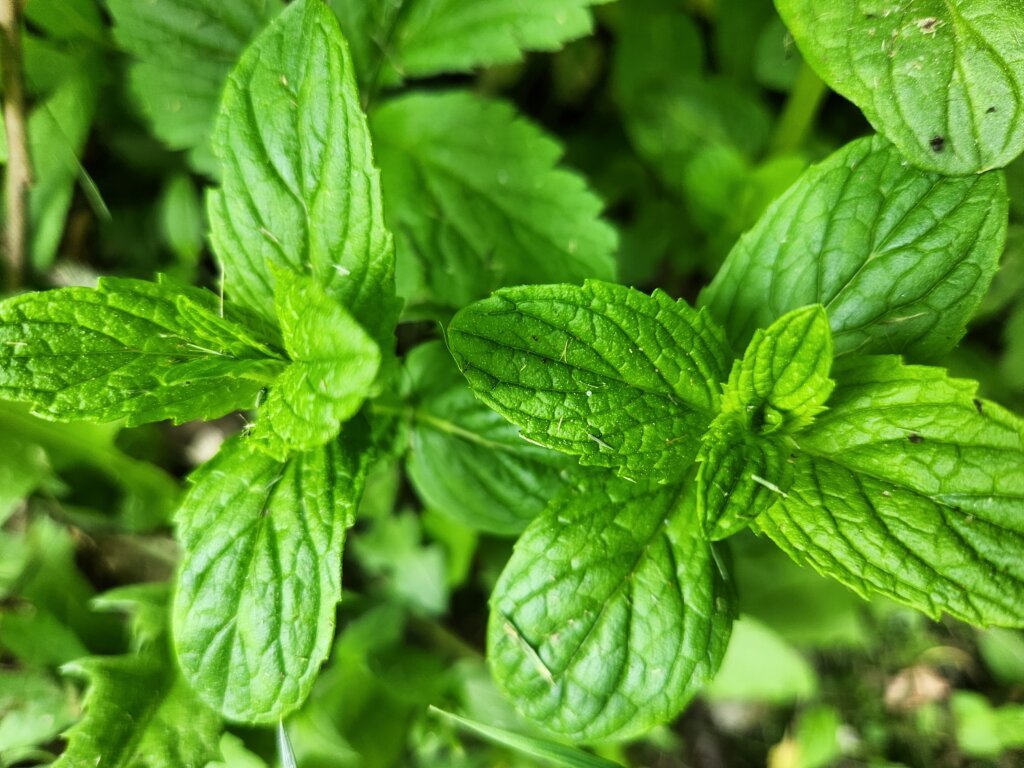
How Many Varieties of Mint Are There?
There are over 25 recognized species of mint, each with distinct flavors and uses. Some of the most popular varieties include:
- Spearmint (Mentha spicata): One of the most commonly used mints, known for its sweet, mild flavor. It is popular in both culinary and medicinal applications.
- Peppermint (Mentha × piperita): A hybrid of watermint and spearmint, it has a higher concentration of menthol, giving it a strong, cooling sensation.
- Chocolate Mint (Mentha × piperita ‘Chocolate’): A variety of peppermint with a subtle cocoa aroma, often used in desserts.
- Apple Mint (Mentha suaveolens): A softer-flavored mint with a hint of apple, commonly used in teas and garnishes.
- Pineapple Mint (Mentha suaveolens ‘Variegata’): A variegated variety of apple mint with a fruity scent and ornamental appeal.
- Watermint (Mentha aquatica): A highly aromatic mint that thrives in wet environments and is one of the parents of peppermint.
- Corsican Mint (Mentha requienii): A low-growing mint with tiny leaves and a strong scent, often used as ground cover or in liqueurs like crème de menthe.
- Orange Mint (Mentha × citrata): A citrus-scented mint that is great for teas and aromatherapy.
Culinary Uses of Mint
Mint is a versatile herb that enhances both savory and sweet dishes. Its fresh, cooling flavor makes it an essential ingredient in many cuisines around the world. Some common culinary uses include:
- Beverages: Use fresh mint in teas, cocktails like mojitos and mint juleps, infused waters, and lemonades.
- Desserts: It pairs well with chocolate, fruits, and dairy-based desserts such as ice cream, sorbets, and puddings.
- Salads: Mint adds brightness to fruit salads, tabbouleh, and grain-based salads like quinoa or couscous.
- Sauces and Condiments: Mint is a key ingredient in mint sauce, mint jelly, and chimichurri.
- Main Dishes: It complements lamb, poultry, and fish dishes, and is a common ingredient in Mediterranean, Middle Eastern, and Indian cuisines.
- Soups and Stews: Add to soups, especially in Asian and Middle Eastern recipes, for a refreshing contrast.
Medicinal Uses of Mint
Mint has been used in traditional medicine for centuries due to its soothing and digestive properties. Some of its medicinal benefits include:
- Digestive Aid: Mint tea or fresh mint leaves can help alleviate indigestion, bloating, and nausea.
- Relief from Headaches and Stress: The menthol in peppermint has a cooling effect that can ease tension headaches and promote relaxation.
- Respiratory Benefits: Mint can help clear nasal congestion and soothe sore throats, making it a common ingredient in cough drops and balms.
- Anti-Inflammatory Properties: It contains antioxidants that may help reduce inflammation and muscle pain.
- Skin Care: Mint in skincare products treat acne and soothe skin irritation.
Is Mint Invasive? How to Control Mint in Your Garden
Yes, mint is known for its aggressive growth habits. It spreads rapidly through underground rhizomes and can quickly take over a garden if not managed properly. To prevent it from becoming invasive, consider growing mint in containers or using barriers in garden beds to contain its roots. Regular pruning and harvesting can also help control its spread.

Why “Is Mint Invasive?” Isn’t Always a Bad Thing
While mint is considered invasive, so are many other beloved plants. Did you know that raspberry plants are an invasive species? It’s funny how some plants are looked at negatively with its growth habits while others are revered. Would you be upset and hating having wild raspberries grow in abundance around your yard? I have it growing there and I absolutely love it.
Why do we treat mint as a bad invasive species when it has culinary and medicinal benefits for us? It’s also a great pest deterrent, it’s an amazing plant to feed to your livestock – why choose to label this negatively.
Most people I know hate mint as an invasive species, but I see it as a wonderful way to promote the idea of growing FOOD and not LAWNS on your property. Grow it in a contained space if you’d like, but this is truly an amazing plant to have on hand.
Is Mint an Herb or a Weed?
Mint is undoubtedly an herb, as it has been cultivated for culinary, medicinal, and aromatic purposes for centuries. However, due to its rapid growth and tendency to spread uncontrollably, some gardeners consider it a weed, especially if it invades areas where it is not wanted. Proper management can ensure that mint remains a beneficial and enjoyable addition to the garden rather than a nuisance.
What Pests Does Mint Deter?
One of the great benefits of growing mint is its ability to repel pests due to its strong scent and natural insecticidal properties. Mint can deter:
- Mosquitoes – The menthol and essential oils in mint act as a natural mosquito repellent. Plant around porches and decks!
- Ants – Mint disrupts their scent trails, making it harder for them to navigate.
- Fleas and Ticks – Placing mint near pet areas can help deter these pests.
- Aphids – Mint’s strong aroma can repel aphids and protect neighboring plants.
- Cabbage Moths – Planting mint near cabbage, kale, or broccoli can help keep these moths at bay.
- Mice and Rats – Mint can deter rodents from entering homes and gardens because of it’s strong aroma
You can also use dried mint leaves or mint essential oil as a natural pest deterrent indoors and in garden beds.
BONUS: Plant mint around chicken coops as a healthy herb, a pest deterrent and to help with smell.
How to Grow Mint – Propagation
I’m going to be honest, I’ve never heard of anyone starting mint from seed. I’ve dug out and cut a mint plant from its roots and transplanted it into a new space twice in the last 5 years. Both times were successfully propagated. If you know someone who has mint growing, it’s very hardy so I would try propagating.
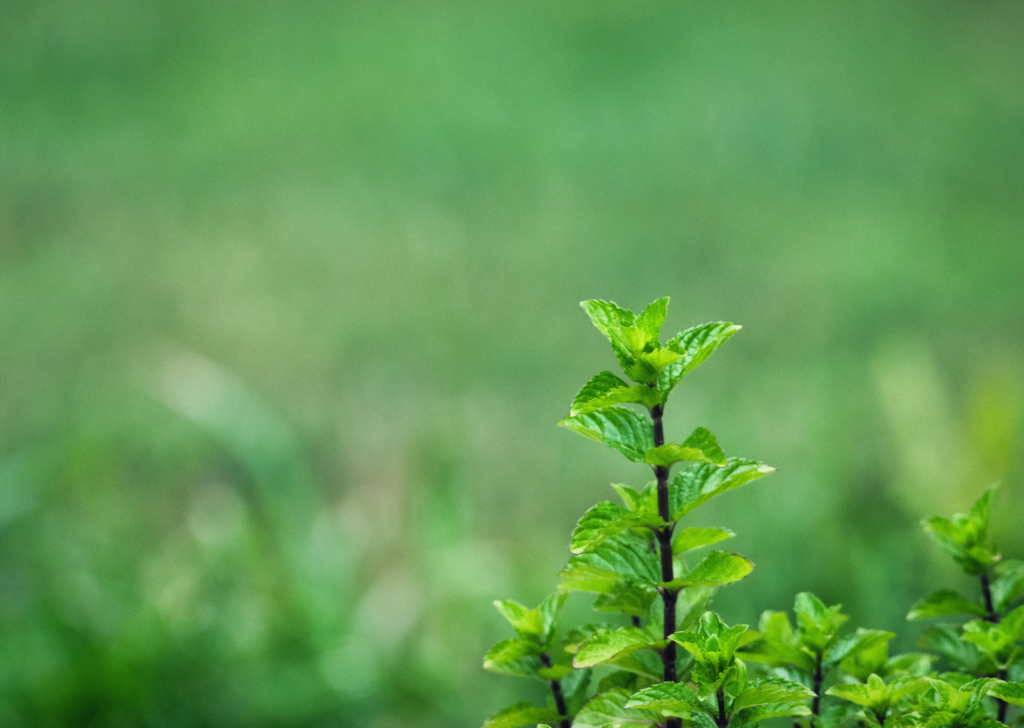
Growing Mint from Seed
Some mint varieties, such as peppermint, do not grow true to type from seed because they are hybrids. If you want to grow mint from seed, follow these steps below. To learn about all the details involving starting seeds indoors, check out this article.
- Seed Selection: Choose a non-hybrid variety such as spearmint or apple mint for best results.
- Starting Indoors: Mint seeds are tiny and take time to germinate. Start seeds indoors 8–10 weeks before the last frost.
- Soil Preparation: Use a light, well-draining potting mix. Sow seeds on the surface of the soil and lightly press them down without covering, as mint seeds need light to germinate.
- Moisture and Temperature: Keep the soil consistently moist but not waterlogged. Maintain a temperature of 65–75°F (18–24°C) for best germination results.
- Germination Time: Mint seeds typically take 10–15 days to sprout. Once the seedlings are a few inches tall and have a couple of sets of true leaves, transplant outdoors after the danger of frost has passed.
- Outdoor Planting: If sowing directly outdoors, wait until the soil temperature is at least 55°F (13°C). Thin seedlings to about 12 inches apart once they grow a few inches tall.
How to Grow Mint
Mint is an easy-to-grow herb that thrives in a wide range of conditions. Here are some key tips for successful mint cultivation:
- Choosing a Location: Mint prefers partial shade to full sun. While it can tolerate a variety of soil types, it thrives in rich, moist, well-drained soil.
- Planting Mint: Mint can be grown from seeds, cuttings, or transplants. However, it is most commonly propagated through root divisions or cuttings.
- Spacing: Mint spreads rapidly, so plant it at least 12–18 inches apart to prevent overcrowding.
- Container Gardening: To prevent mint from becoming invasive, consider growing it in containers. This will help control its spread while still allowing for easy harvesting.
- Watering: Mint likes consistently moist soil, so water regularly, especially in hot weather.
- Pruning and Harvesting: Frequent harvesting encourages bushier growth. Pinch off the tips regularly to keep the plant from becoming too leggy.
- Controlling Growth: If planting in the ground, use barriers like buried pots or edging to keep the roots from spreading uncontrollably.
- Winter Care: Mint is a hardy perennial and will go dormant in colder climates. Mulching around the base of the plant can help protect it during winter.
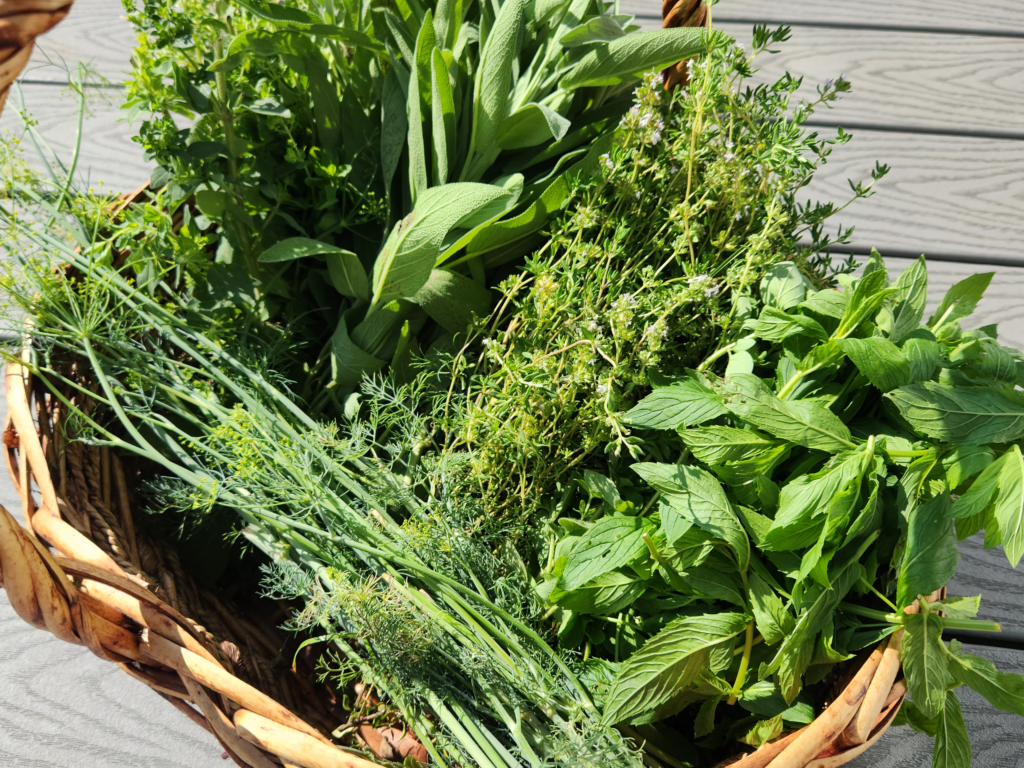
Frequently Asked Questions About Mint
To harvest mint, pinch or cut stems just above a pair of leaves. This encourages new growth and prevents the plant from becoming woody. Avoid removing more than one-third of the plant at a time to keep it healthy and productive.
Mint’s essential oils are at their peak right before the plant begins to flower. Harvest in the morning after the dew has dried but before the heat of the day for the best aroma and flavor.
You can air-dry or dehydrate mint leaves, freeze whole sprigs in water or olive oil, or make mint-infused vinegar or syrup. Dried mint keeps for about a year in an airtight container stored away from sunlight.
Yes! When allowed to flower, mint is highly attractive to bees, butterflies, and other beneficial pollinators. If you’re managing it in the garden, consider letting a few plants bloom for the pollinators before trimming them back.
Absolutely. Mint grows well indoors in a sunny window or under grow lights. Keep the soil moist, trim often to encourage bushy growth, and rotate the pot occasionally so it grows evenly toward the light.
Mint leaves can freshen breath, be added to homemade cleaning sprays for a natural scent, and used in sachets to deter moths and insects in drawers and closets. Mint essential oil can also be added to homemade candles or soaps for a refreshing aroma.
Conclusion
Mint is a wonderful herb that offers a multitude of uses in the kitchen, medicine cabinet, and garden. Its refreshing flavor, health benefits, and easy cultivation make it a staple for many gardeners and chefs alike. While its invasive nature requires careful management, the rewards of growing mint far outweigh the challenges. Whether you enjoy it in a cup of tea, a flavorful dish, or as a fragrant addition to your garden, mint is a plant that truly deserves its place in every home.
We hope you enjoyed this mint article. If you did make sure you check out the other growing guides, seed saving guides and our recipes. We are growing our website with more articles all the time, and we invite you to grow with us. Whether you’re a seasoned gardener or just starting out, learning about this fantastic herb and it’s benefits to you can be an enriching experience. If you have any questions or want to share your mint journey, feel free to leave a comment below. Happy gardening!

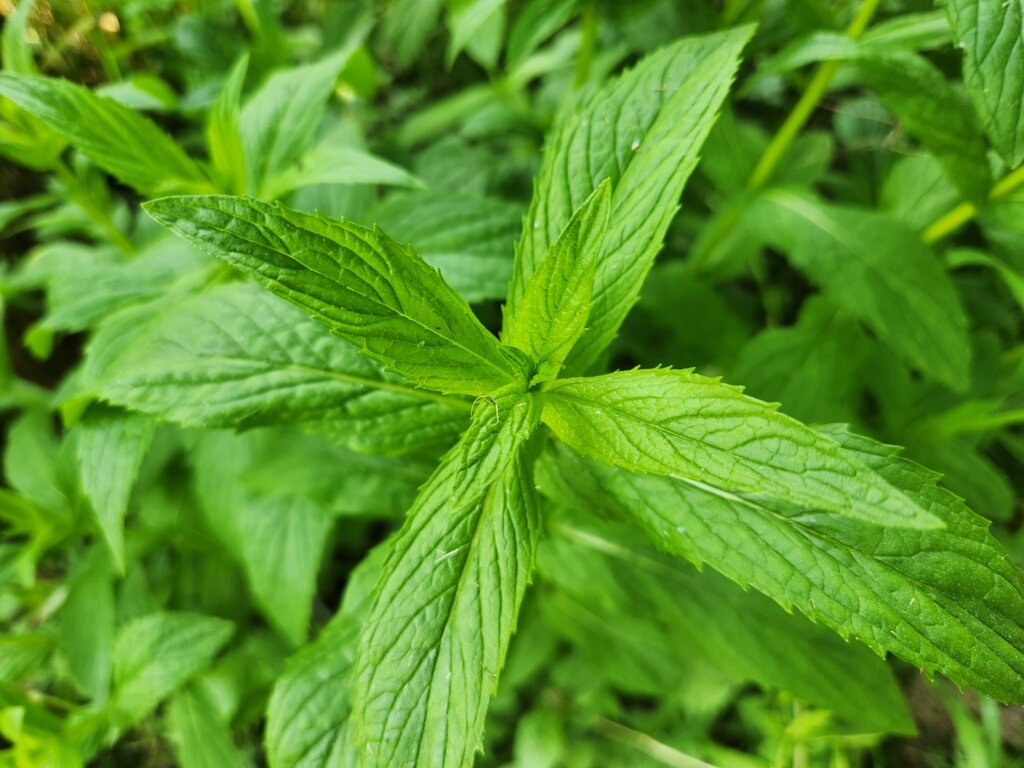

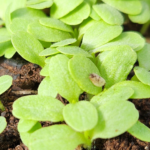
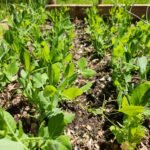
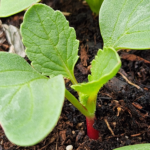
The overall look of your web site is wonderful, as well as the content – keep up the great work!